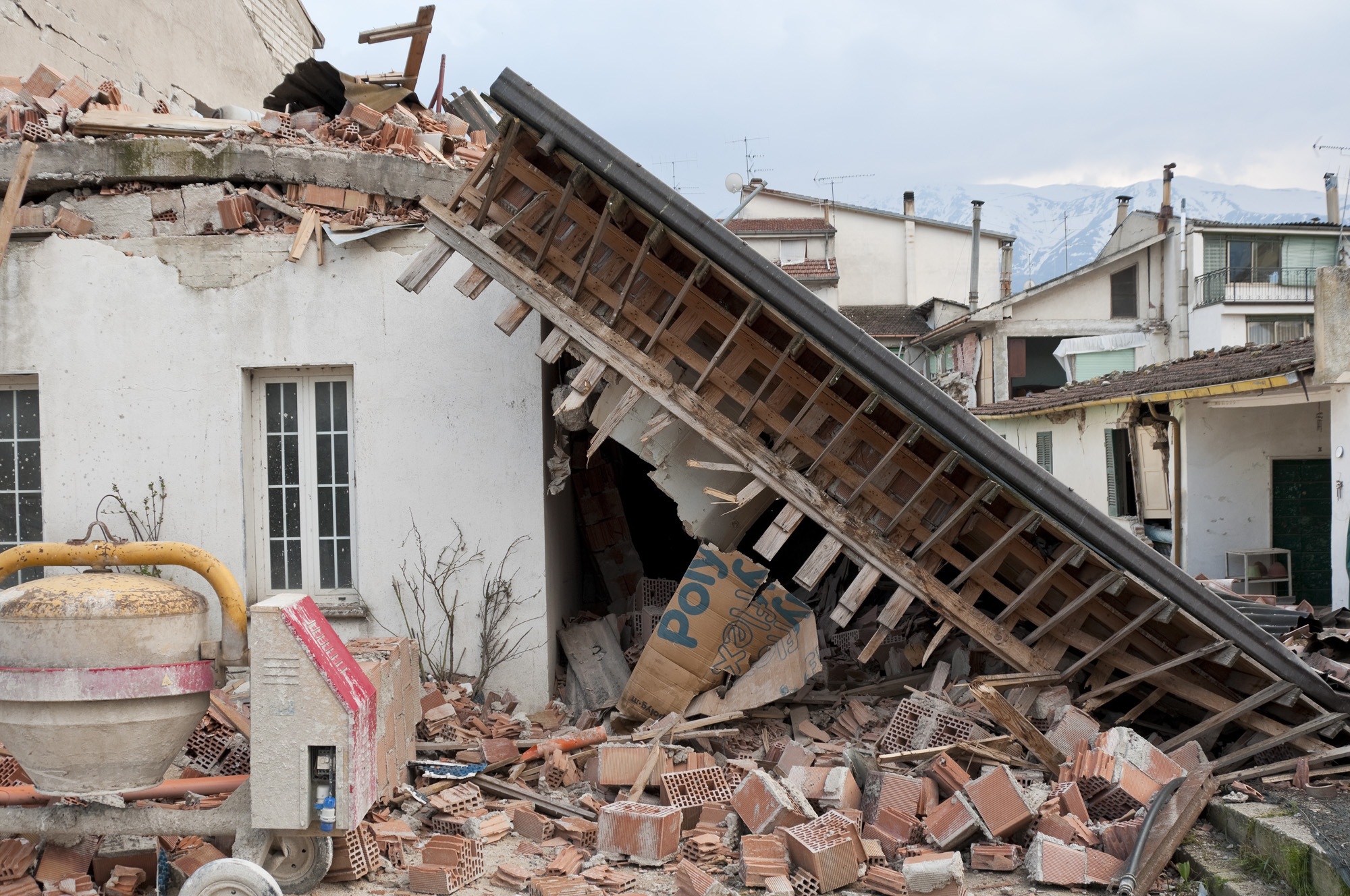Earthquake Information
I can provide some general information about major earthquakes, but please note that I don’t have access to real-time data, and my knowledge is current only up to January 2022. For the latest and most accurate information on recent earthquakes, I recommend checking reliable sources such as the United States Geological Survey (USGS) or your local geological agency. Here is some general information about major earthquakes:
- Definition of Major Earthquake: Major earthquakes are typically characterized by their magnitude on the Richter scale. A major earthquake is usually considered to be one with a magnitude of 7.0 or higher. These earthquakes can cause significant damage, depending on factors like depth, distance from the epicenter, and local building practices.
- Causes: Earthquakes are primarily caused by the movement of tectonic plates. The Earth’s outer shell is divided into several large and small pieces known as tectonic plates. When these plates move or interact at their boundaries, it can lead to stress buildup and sudden release of energy in the form of seismic waves, resulting in an earthquake.
- Effects: Major earthquakes can have a wide range of effects, including ground shaking, surface rupture, landslides, tsunamis, and in some cases, even volcanic eruptions. The specific effects depend on the location, depth, and magnitude of the earthquake.
- Destruction: Major earthquakes can cause widespread destruction of buildings, infrastructure, and landscapes. The severity of damage depends on factors like the earthquake’s depth, proximity to populated areas, the quality of building construction, and local building codes.
- Tsunamis: Some major earthquakes, especially those that occur beneath the ocean, can trigger tsunamis. Tsunamis are large ocean waves that can inundate coastal areas and cause extensive damage and loss of life.
- Monitoring and Early Warning Systems: Many countries and regions prone to earthquakes have monitoring systems in place to detect seismic activity. These systems help provide early warnings to reduce the impact of major earthquakes. These warnings can give people time to take cover or evacuate and help mitigate the damage.
- Historical Examples: There have been numerous major earthquakes in history, including the 1906 San Francisco earthquake, the 1964 Alaska earthquake, the 2011 Tōhoku earthquake and tsunami in Japan, and the 2010 Haiti earthquake. Each of these events had significant impacts on the affected regions.
Remember that earthquake preparedness, including having an emergency kit, understanding evacuation plans, and following building codes, is essential in earthquake-prone areas to minimize the risk to life and property in the event of a major earthquake.
Certainly, here’s some more information on major earthquakes:
- Magnitude Scale: Earthquakes are typically measured on the Richter scale or the moment magnitude scale (Mw). The Richter scale was the original magnitude scale, while the moment magnitude scale is now widely used because it provides a more accurate assessment of an earthquake’s size, especially for larger quakes. The scale is logarithmic, meaning that each whole number increase on the scale represents a tenfold increase in amplitude and approximately 31.6 times more energy release.
- Aftershocks: Major earthquakes are often followed by aftershocks. These are smaller seismic events that occur in the same general area and can continue for days, weeks, or even months after the main earthquake. Aftershocks can be strong enough to cause additional damage and can be a significant concern in the aftermath of a major earthquake.
- Seismic Hazard Maps: Geologists and seismologists create seismic hazard maps to identify regions at risk of earthquakes. These maps consider historical seismic activity, fault lines, and other geological data to estimate the likelihood of future earthquakes in a given area. These maps are used in land-use planning and building code development.
- Response and Recovery: After a major earthquake, governments, relief organizations, and local communities must respond quickly to provide aid, search and rescue, medical care, and support to affected populations. Recovery efforts can take years, as communities rebuild infrastructure and housing and address the long-term impacts of the disaster.
- Earthquake Preparedness: To mitigate the impact of major earthquakes, individuals and communities should have earthquake preparedness plans in place. This includes knowing what to do during an earthquake, having emergency supplies and a communication plan, and retrofitting buildings to make them more earthquake-resistant.
- Monitoring and Prediction: While scientists can monitor seismic activity and identify areas at risk of earthquakes, predicting the exact timing and location of a major earthquake remains a significant challenge. Research in earthquake prediction is ongoing, but it is a complex and evolving field.
- Plate Tectonics: Major earthquakes are often associated with the boundaries of tectonic plates, where they interact. The types of plate boundaries include convergent boundaries (plates move toward each other), divergent boundaries (plates move away from each other), and transform boundaries (plates slide past each other). Earthquakes can occur at all these types of plate boundaries.
- Global Distribution: Major earthquakes can and do occur all over the world, but certain regions are particularly prone to seismic activity. These include the Pacific Ring of Fire, which encircles the Pacific Ocean and is known for frequent earthquakes and volcanic eruptions, as well as the San Andreas Fault in California.
It’s essential for individuals and communities in earthquake-prone areas to be well-informed and prepared for these natural disasters to minimize the impact on lives and property. Additionally, ongoing research and monitoring are critical to improving our understanding of earthquakes and our ability to predict and respond to them effectively.



